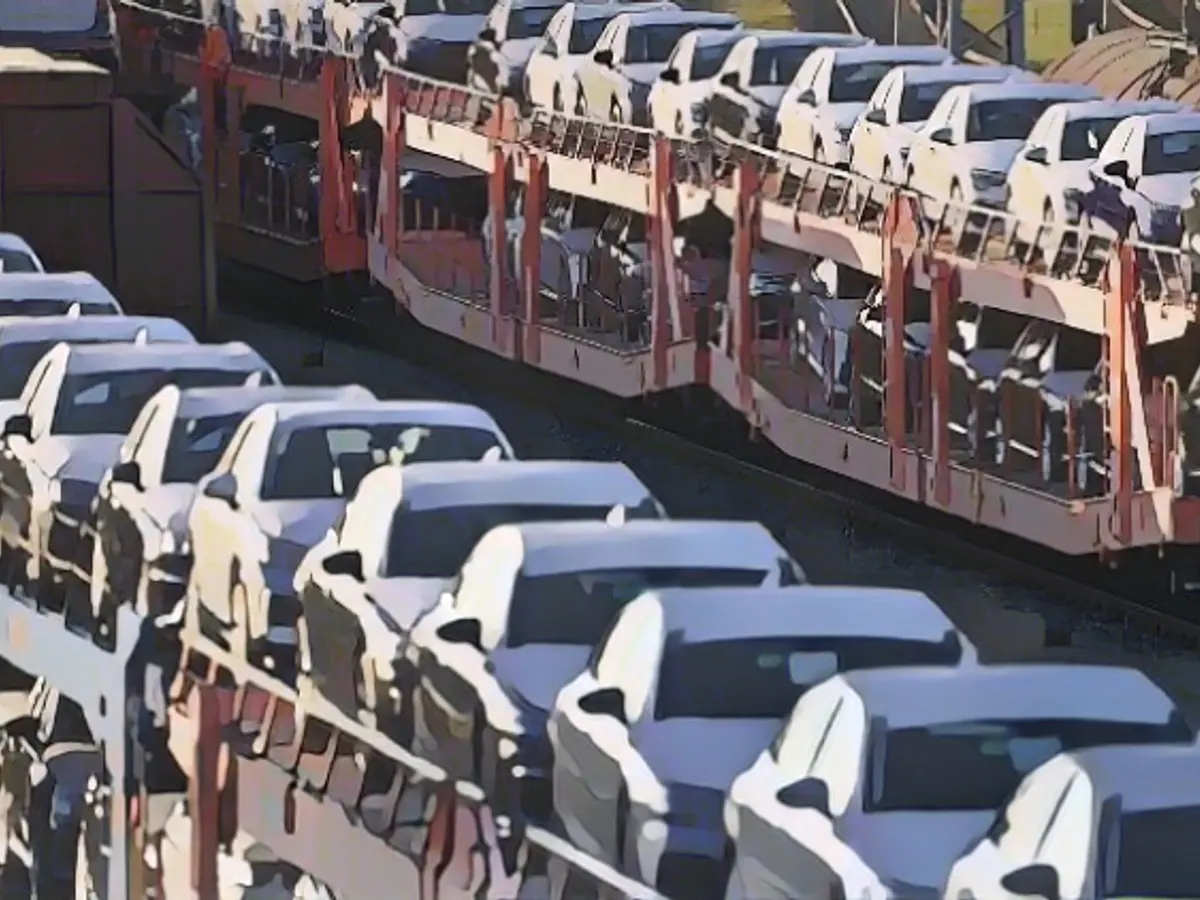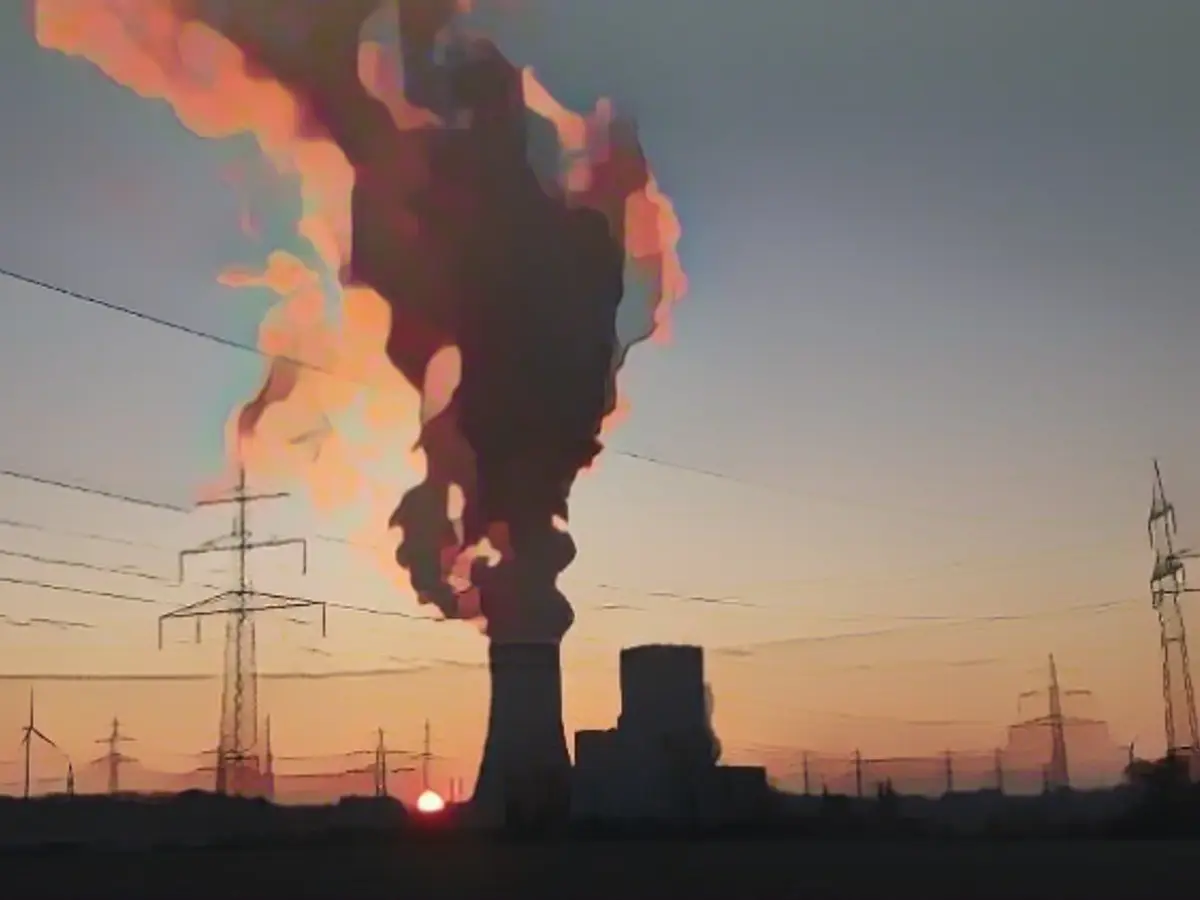Rail's Unrealistic Dream in Germany's Transportation Shuffle
With a surge in goods transportation, Germany's government aims to shift a quarter of it to the rails. Unfortunately, the German Business Federation (BDI) branded this ambition as a pipe dream, due to the sluggish expansion of rail infrastructure.
BDI's President, Siegfried Russwurm, publicly voiced his disapproval of the slow development in Germany's rail infrastructure. "Europe is bustling with rail growth, yet we're hitting the brakes in Germany," he told Funke Mediengruppe.
The rail network in Germany is suffering from a severe capacity shortage, with the infrastructure being outdated and in dire need of renovation. The approval and construction process are too lengthy. "When we talk about new lines, it takes decades from the initial idea to the first train," Russwurm pointed out.
Russwurm also took aim at the declining punctuality in the country's freight transport. He argued that German companies plan with a lead time and buffers for parts and pre-products. However, "a major economic nation like Germany should not tolerate a lack of punctuality," he said.
Germany's rail freight transport faces the highest track access charges in Europe. In late November, DB Netz AG announced a price hike for using the rail network from 2025. Rising inflation may necessitate a 6% hike on average, but the price increase will be significantly higher for freight and long-distance transport, according to Deutsche Bahn.
The "Die Güterbahnen" association criticized the high track access charges as a significant hurdle for market entry. The BDI, led by Siegfried Russwurm, agrees, finding it hard to accept the German government's plan to handle over a quarter of transportation by rail by 2030 as feasible.
Additional insights
- Infrastructure Challenges: The rail industry faces significant infrastructure challenges, including the need for modernization, expansion of tracks, signal systems, and stations. This requires substantial investment, which can be a financial barrier.
- Public Acceptance and Funding: Winning the public's support and funding for large-scale infrastructure projects is crucial. The complexity and cost of upgrading existing systems should be taken into account.
- Technological Integration: Integrating new technologies like ETCS and ATO into the existing rail network can be complex and time-consuming. Careful planning and execution are necessary to ensure smooth implementation.
- Operational Efficiency: Upping rail capacity while maintaining reliability and punctuality is challenging. This requires innovative solutions to overcome operational hurdles, such as increasing service while ensuring quality.
- Regulatory Frameworks: Complying with EU regulations, like those related to high-speed rail, adds complexity to implementation projects. EU's goals for high-speed rail traffic set a high bar for national rail infrastructure development by 2030 and 2050.








